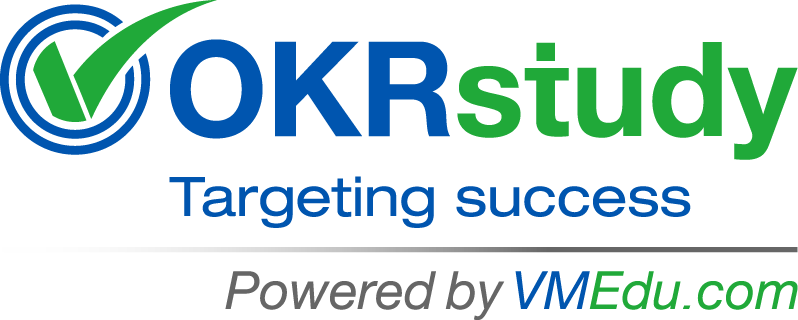OKR processes are iterative and adaptive activities set-up OKR implementations, track & adjust, and improve. However, OKR processes are generally not sequential but are rather iterative in nature and may overlap with one another. For ease of understanding, OKR processes are grouped under three phases as shown in Table 1-1. Details on each phase and its corresponding processes are presented in chapters 6 through 8 of the OKRBOK™ Guide.
| Chapter | Phase | OKR Processes |
|---|---|---|
| 6 | Set-up OKR Implementation |
1. Understand Strategic Vision and Priorities 2. Finalize OKRs |
| 7 | Execute | 1. Track and Adjust OKRs |
| 8 | Review and Improve | 1. Conduct OKR Reviews and Retrospectives |
Table 1-1: Overview of OKR Processes
The chapters that focus on each phase describe each process in detail including their associated inputs, tools, and outputs. In each process, some inputs, tools, and outputs are mandatory (those with an asterisk [*] after their names), while others are optional. Whether to include the optional inputs, tools, and/or outputs depends on the particular workflow, organization, or industry. Inputs, tools, and outputs denoted with an asterisk are considered mandatory or critical to the successful implementation of OKR in any organization.
1.6.3.1 Set-up OKR Implementation Phase
The Set-Up Phase in OKR includes processes related to understanding organizational goals and initiating OKR definition and finalization at various levels within an organization. The key processes in this phase are as follows:
- Understand Strategic Vision and Priorities: This process is a foundational step in OKR implementation. It involves aligning the organization’s goal-setting framework with its long-term vision and mission. This process begins by evaluating the company’s strategic direction, with senior management providing insights into growth aspirations and critical business objectives.
- Finalize OKRs: In this process, the strategic priorities identified earlier are translated into specific, actionable objectives and measurable key results. This process ensures that the OKRs reflect the organization’s strategic vision and are realistic yet ambitious. Teams collaborate through meetings and cross-functional discussions to draft and refine objectives that inspire action and drive performance.
1.6.3.2 Execute Phase
The Execute Phase in OKR implementations includes the process of tracking and adjusting OKRs. The key focus of this process is to:
- Track and adjust OKRs and ensure teams stay focused on their objectives while adapting to changing conditions.
- Help create performance dashboards and status reports to detect issues like delays or underperformance early.
- Foster a culture of transparency and accountability, encouraging open discussions on progress and challenges.
1.6.3.3 Review and Improve Phase
The Review and Improve phase includes the process of reviewing OKRs and conducting retrospectives to learn and improve. The key focus of this process is to:
- Perform a structured evaluation of an organization’s Objectives and Key Results (OKRs) at the end of an OKR cycle. This process helps teams assess performance, identify challenges, and refine strategies for future cycles.
- Help teams discuss what worked well, what obstacles they faced, and how they can enhance execution in the next cycle.
